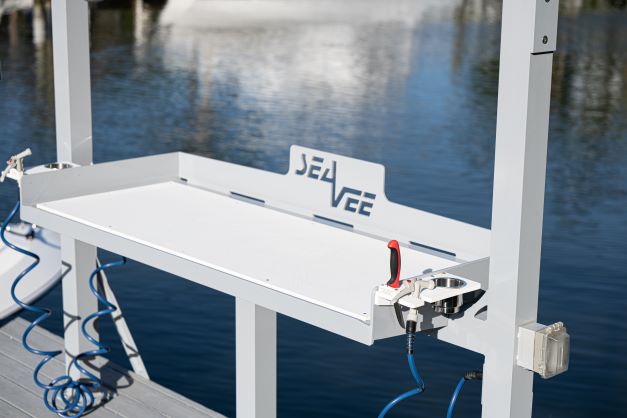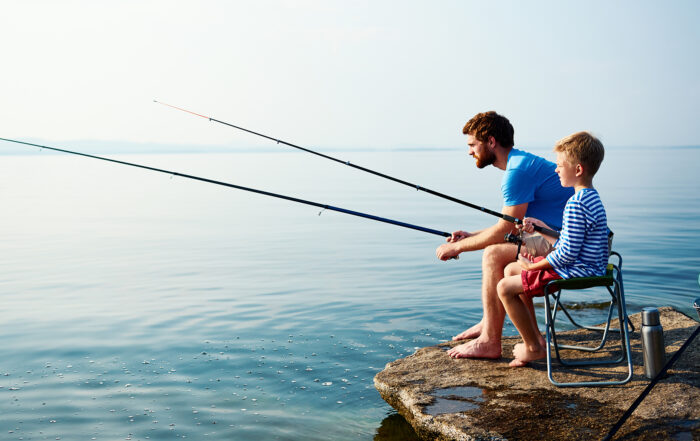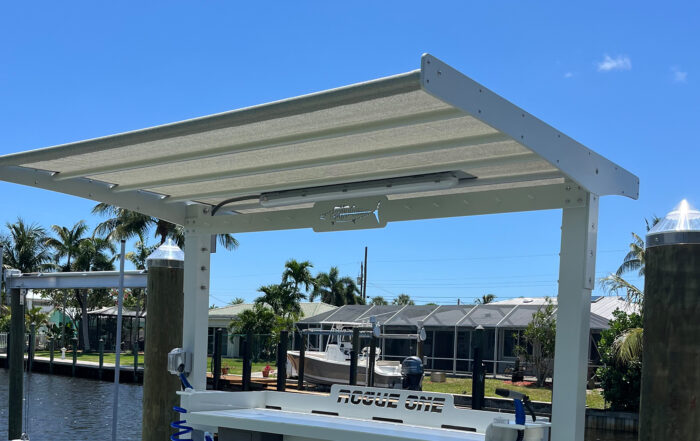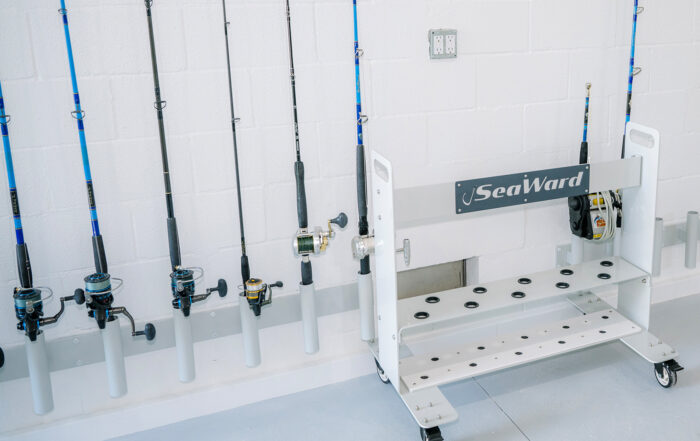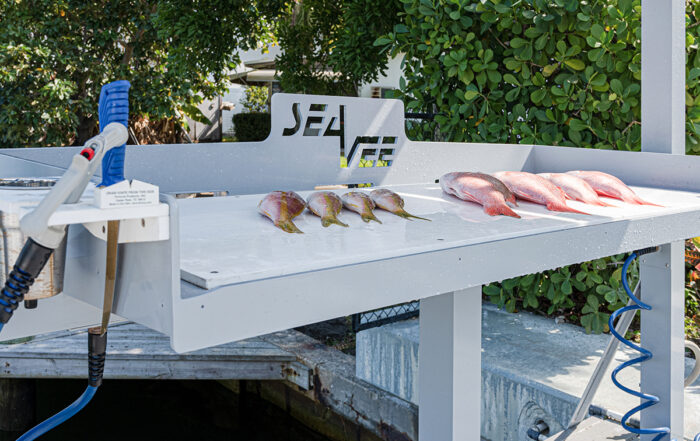DIY Fishing Rod Caddy: 2 Designs and Why You Should Buy One Instead
As with any hobby, the deeper you are into fishing, the more equipment you inevitably acquire. Eventually, you will run into the need for an efficient storage system. But the more important question is, what kind of storage system will you land on?
The most abundant tool in a fisherman’s collection is, of course, rods, so a rod storage system is a necessity. When considering rod storage, you can either buy something that suits your needs or try to build it yourself. Many will choose the DIY option as a cheaper, “good enough” alternative, but is good enough actually good enough? Below we’ll explore the pros and cons of DIY versus buying new, and why DIY might not be the best choice.
Why You Would Make a DIY Rod Caddy?
There are many reasons to choose a DIY project over purchasing something pre-built, such as wanting something custom, less expensive, or even a project that will challenge yourself. These reasons often make DIY an attractive option and may give you something that is custom-built for a fraction of the price.
On the other side, DIY has limitations. Projects take time, often require an elevated skillset, or need tools and resources that some may not have. More times than not, the project becomes frustrating due to a lack of knowledge and inevitably will prolong the design and construction process. This may result in a low-quality product and the inability to withstand its desired use.
There are typically two rod caddy configurations that DIY projects tend to fall under, a wooden cart and a wall/ceiling rack.
- The Wooden Cart.
This woodworking project requires a higher level of craftsmanship to properly build a sturdy and long-lasting rod caddy. There are many design options to follow but often, these become confusing to the DIY builder. Regardless of the design chosen, you will need weather-resistant materials and the right set of tools to construct and hold the pieces together. Not being able to successfully execute the build and assembly will result in an unsteady product that will not withhold its use. - The Wall/Ceiling Rack.
These racks can be built with different materials and require skilled knowledge to design a suitable product. The design can either be simple or complex, each lending to its own difficulties. When too simple, the racking lacks organization, allowing rods to flop against one another and not securely do their job. Overly complex designs lack any versatility and become difficult to fabricate from home equipment. Additionally, if the product is not properly secured to the wall or ceiling, it could cause damage to your rods or other equipment nearby.
In addition to all of this, if the project doesn’t come together quite the way you’d hoped, you then have the added cost of fixing it, or worse, starting over from scratch. In the end, a lot of DIY rod caddies end up in the “good enough” category, which may serve its purpose, but not nearly as optimally as something manufactured with the proper tools, in the proper environment.
Why Might You Choose to Purchase a Rod Caddy Instead?
The number one deterrent from purchasing a rod caddy is the higher price tag, hence the attraction to a DIY solution. However, purchasing one that’s professionally made is an investment that will effectively serve its purpose and sustain the test of time. A prime example are the rod caddies made by SeaWard Systems; The Wall, The Glide, and The Ace.
SeaWard Systems manufactures rod caddies using marine grade aluminum, then it’s welded together and finished off with a long-lasting powder coat. This process makes the rod caddies highly resistant to seaside environments and daily wear and tear. Some designs offer stainless steel rod holders, some are fitted with plastic inserts and both rolling caddies come with polypropylene swivel casters with a locking mechanism.
Each model boasts its own unique features and offers semi-custom designs based on the customer’s ideal rod configuration.
- The Wall. This setup is designed to help customers create a modular wall mounting system to help maximize floor space while protecting your rods. It’s a perfect option for customers looking to organize their garage or a storage closet. A versatile product, they are even mounted to seawalls or boat storage areas.
- The Glide. This caddy is helpful when transporting fishing rods from your vehicle or storage area to your boat. The sleek and secure design makes it easy to maneuver and can safely move many rods at once. When you’ve caught all the fish you can, place your rods back on the caddy and rinse with fresh water. Bonus perk: add your boat name or a favorite fish to the caddy for an extra layer of personalization.
- The Ace. Need something to accommodate heavy duty, unconventional rods, this last caddy is designed to do just that. It is strongly built for your garage or storage closet, with the ability to move as needed. Customers can customize the configuration to hold a combination of straight and bent rods while also adding on accessories for dip nets, kite rods, and gaffs.
Wrapping It Up
While purchasing a new rod caddy can be intimidating, the pros certainly outweigh the cons. A professionally manufactured rod caddy will last longer, better protect your fishing gear, and can easily be customized to suit all your unique needs. If you’d like to learn more about SeaWard Systems rod caddies, contact us and we’ll happily answer any questions. Happy fishing!
Recent Posts
How to Store Fishing Rods
A fish cleaning station with cover is going to be a game-changer, as it keeps your workspace comfortable and helps preserve your fish for longer.
Protect Yourself and Your Catch 5 reasons why your Fish Cleaning Station Needs a Cover
A fish cleaning station with cover is going to be a game-changer, as it keeps your workspace comfortable and helps preserve your fish for longer.
Pros and Cons of a DIY Fishing Rod Caddy
As with any hobby, the deeper you are into fishing, the more equipment you inevitably acquire. Eventually, you will run into the need for an efficient storage system.
5 Things Your Fish Fillet Station Must Have + Bonus Upgrades
SeaWard Systems developed Fish Fillet Stations for your dock that provide customers with the perfect combination of style and functionality.
